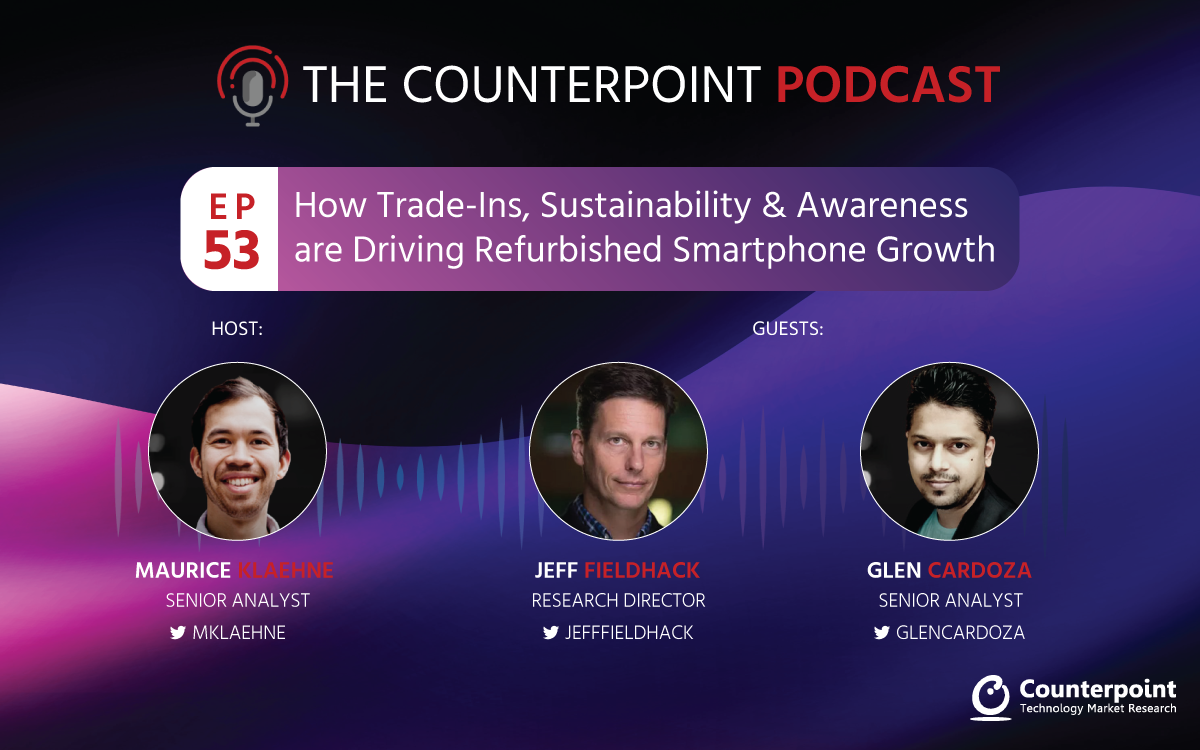The macro-environment saw a rollercoaster ride in 2022, one where our Counterpoint Macro Index dropped from 106.17 to 82.88 between January and November. Several factors contributed to the decline, such as the war in Ukraine, high inflation, the possibility of a global economic recession, and China’s strict COVID-Zero policies.
Besides, interest rate hikes by the Federal Reserve not only slowed economic growth but also strengthened the US dollar, the effects of which were particularly painful in emerging markets. Technology firms that were previously thriving had to resort to mass layoffs, spending cuts and downward earnings guidance in preparation for a bleak economic outlook.
Moving into 2023, which of those macro risks will remain, and which new risks should the tech firms watch out for? Counterpoint Research analysts have voted on the top 10 macro risks that companies should pay close attention to.
In the latest episode of The Counterpoint Podcast, host Matt Orf is joined by Senior Analyst Yang Wang, based in Europe, and Research Analyst Archie Zhang, based in China. We bring on-the-ground and unique insights into the macro risks that cannot be ignored. The topics discussed in the podcast range from economic issues such as energy crisis and a potential global economic recession to geopolitical and political issues such as the US-China showdown and developments in US domestic politics.
Click the Play Button to Listen to the Podcast
You can read the podcast transcript here.
Podcast Chapter Markers
3:09 – Yang on factors contributing to an economic downturn in 2023, and the potential impact.
5:40 – Yang further talks about the economic downturn and how it will affect the technology world.
8:17 – Matt on the energy situation and the pressure points.
15:11 – Matt on some background and indication of the direction American policy might take in 2023.
19:09 – Archie on the US-China trade relationship.
22:54 – Archie further deep-dives with more details on China’s COVID-19 situation.
26:49 – Yang on emerging markets and problems they are more likely to face in the coming year.












